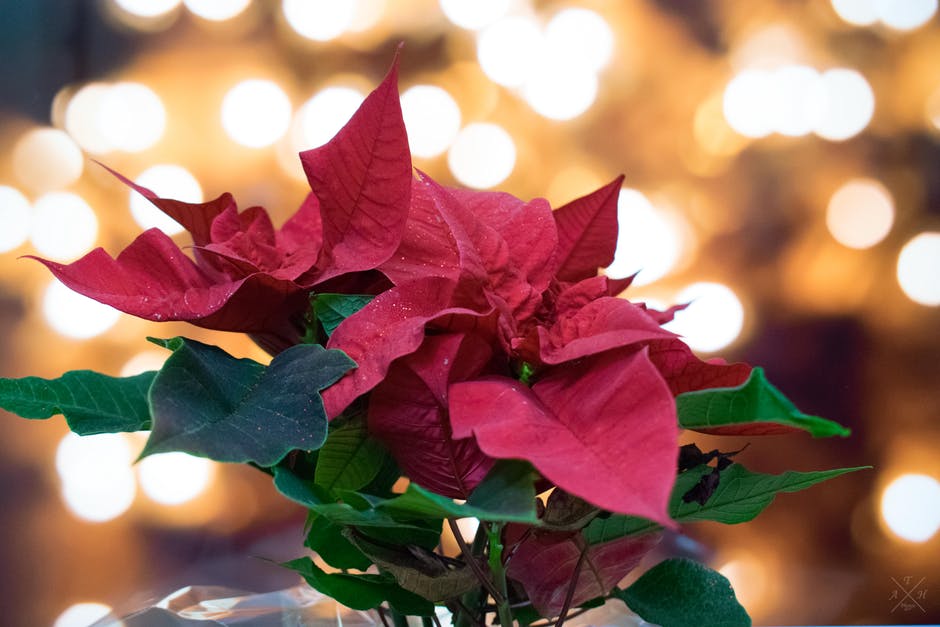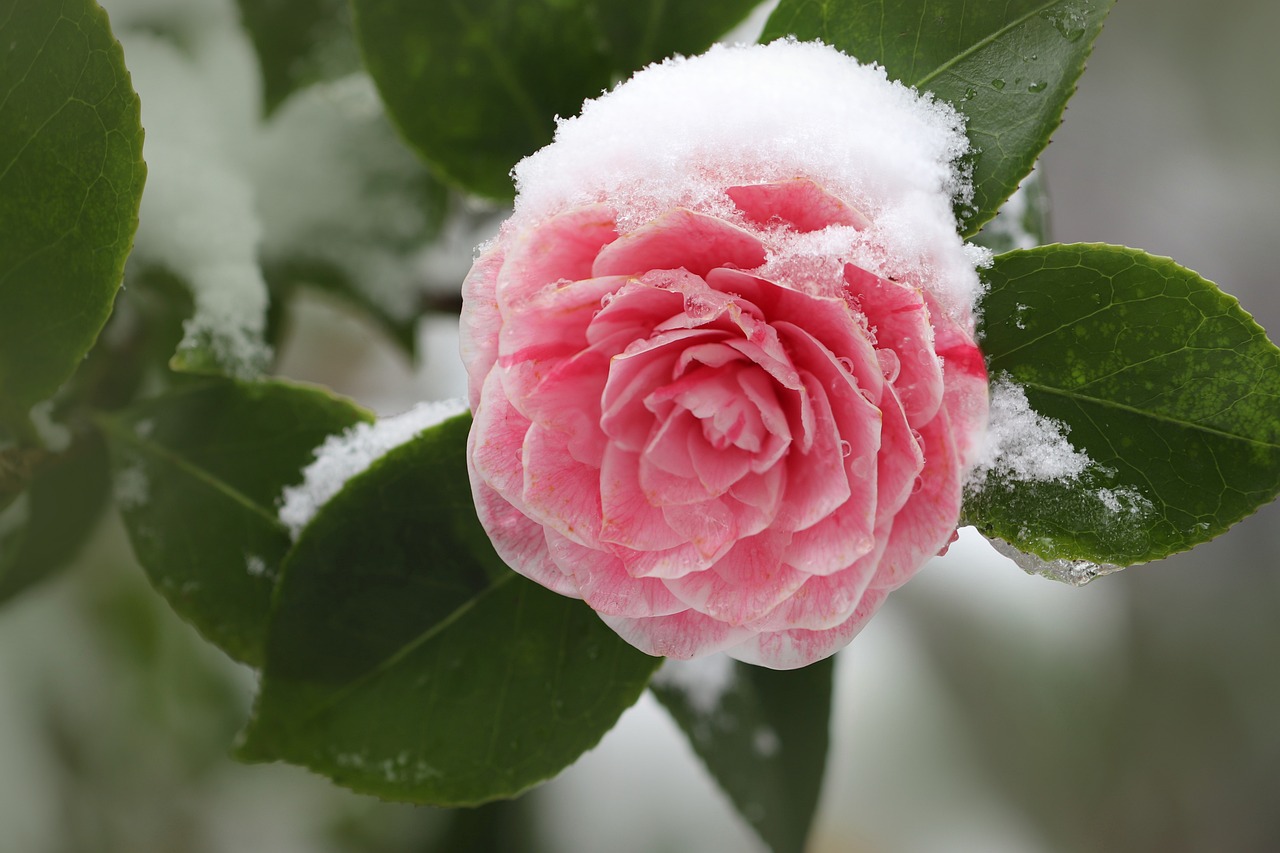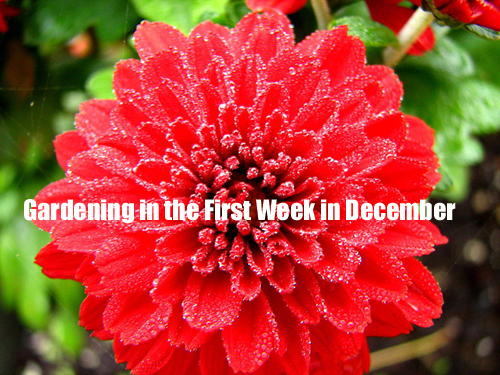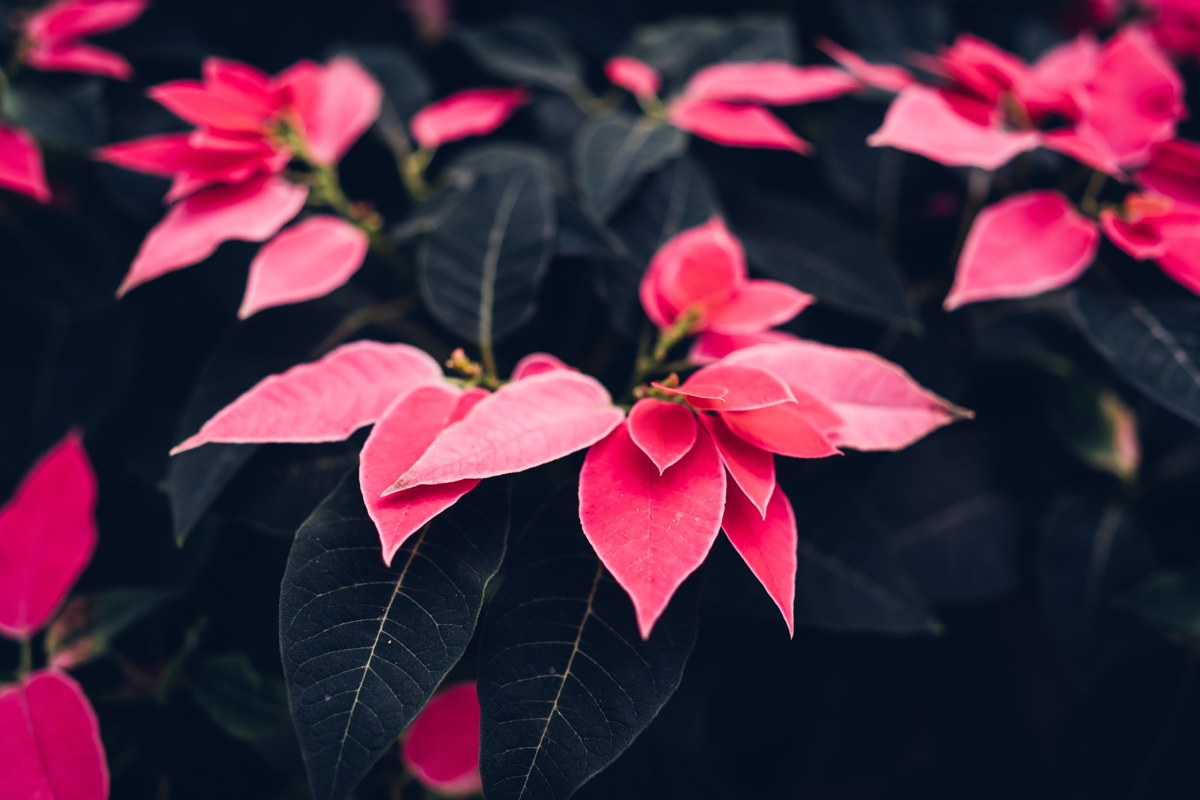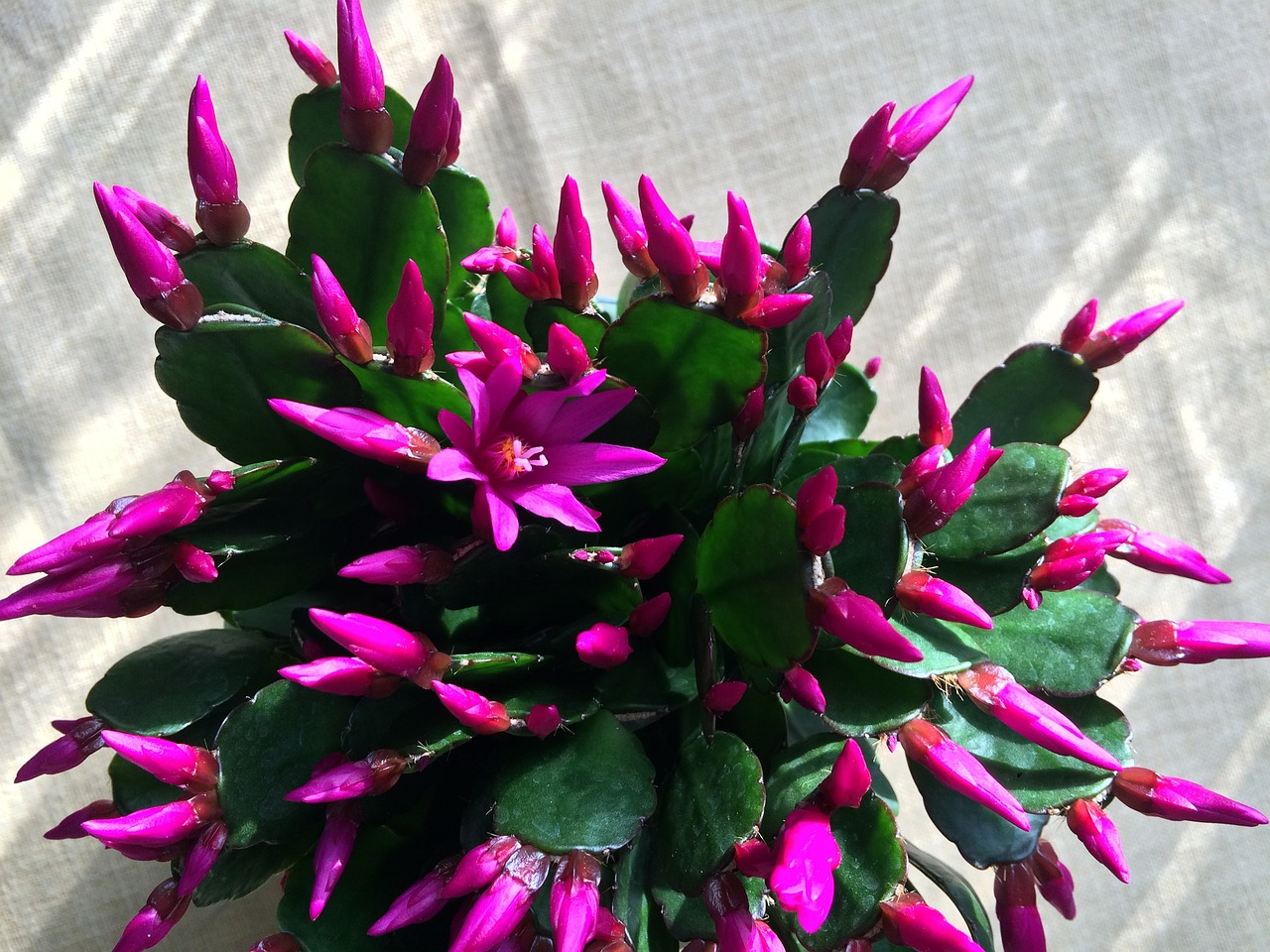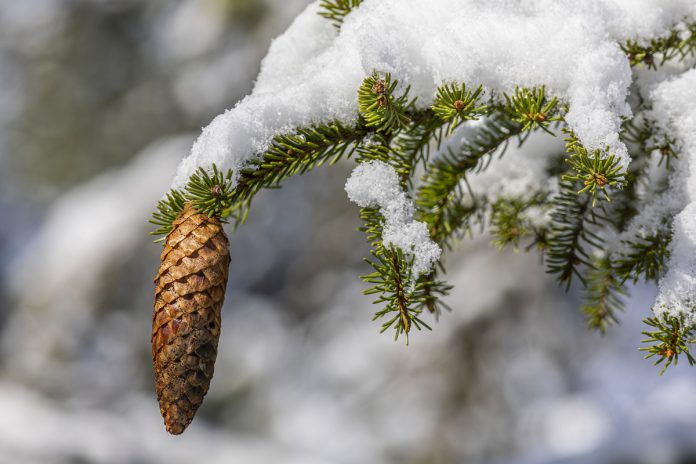Best Ways to Use Fall Leaves in Your Garden
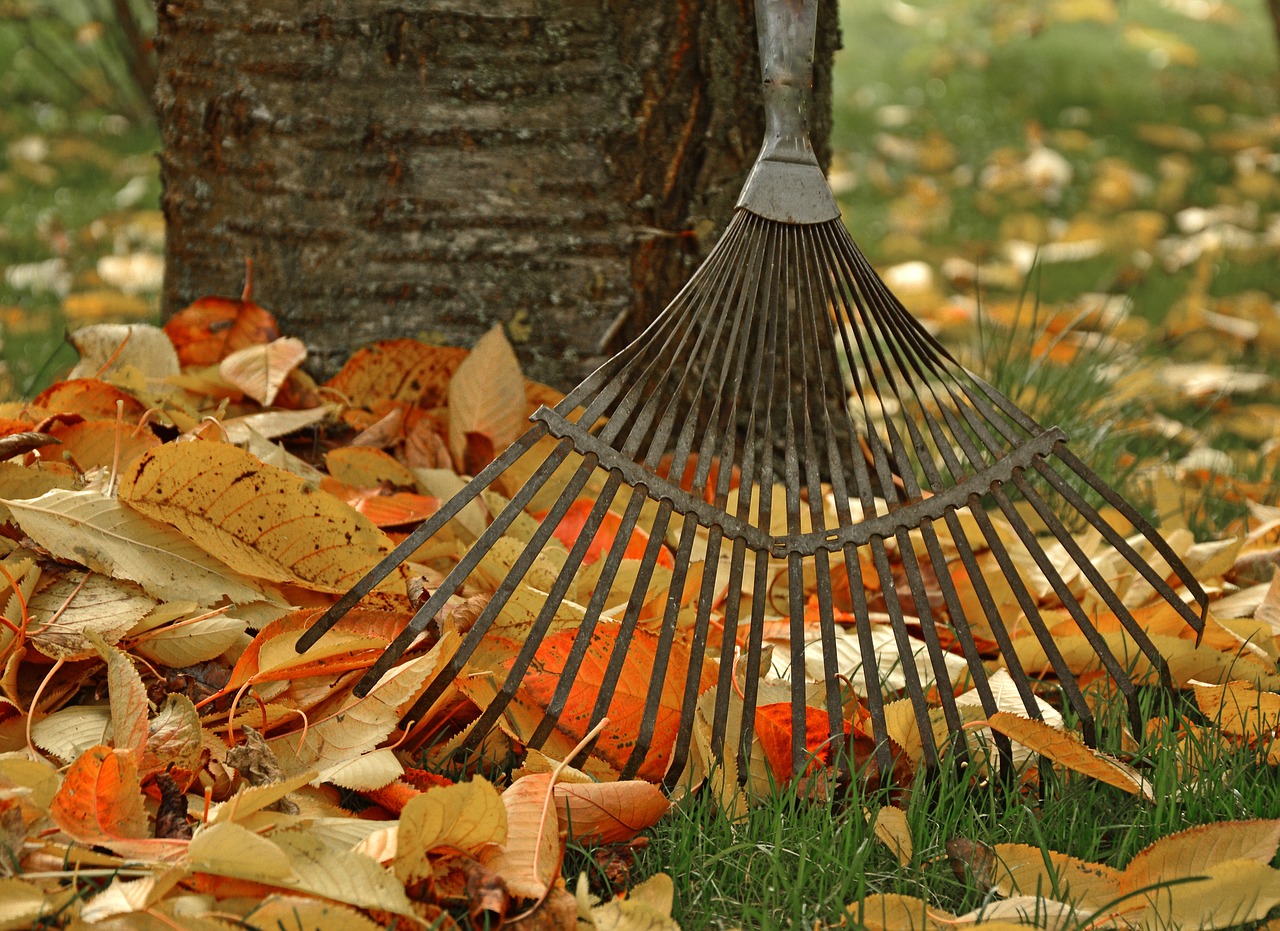
Fall leaves are routinely bagged and left at the curb. This is a tragic waste of a valuable resource because fall leaves provide a good source of organic matter and nutrients.
Leaves contain 50 to 80 percent of the nutrients a plant extracts from the soil and air during the season, so if you can, use and recycle your leaves around your property rather than raking them up and throwing them away.
Below are a few methods of utilizing this treasure to better advantage.
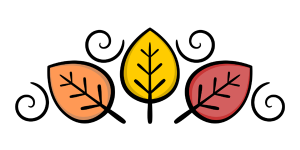
Here are 4 of the best ways to use leaves in your yard, garden, or landscape:
1. Leaf Uses – Mowing
Mowing leaves that have fallen on your lawn area is most effective when a mulching mower is used, but if the leaf drop is light, a regular mower will work just fine. In fact, during times of light leaf drop, or if there are only a few small trees in your yard, simply leave the shredded leaves in place on the lawn. They will act as a beneficial mulch and compost and will help your lawn.
2. Leaf Uses – Mulching
Leaves can be used as mulch in vegetable gardens, flower beds and around shrubs and trees. The best way is to rake the leaves into a pile and then shred them with your lawn mower or a shredder if you have one.
It you have the option, use a lawn mower with a bagging attachment because it is a fast and easy way to shred and collect the leaves. Leaves that have been mowed or run through some other type of shredder will decompose faster
Leaves that are not shredded won’t decompose as well and will only smother what they are put on. Try and never let leaves remain on a lawn without raking them up or they can smother the grass underneath.
- Apply a 3 to 6 inch (7.5 to 15 cm) layer of shredded leaves around the base of trees and shrubs making sure not to put any right up against the trunk or main stem of trees or shrubs.
- In annual and perennial flower beds, a 2 to 3 inch (5 to 7.5 cm) mulch of shredded leaves is good.
- For vegetable gardens, a thick layer of leaves placed in between the rows work both as a mulch and as an all-weather walkway that will allow you to work in your garden during wet periods.
3. Leaf Uses – Soil Improvement
Leaves that have been raked and shredded can be worked directly into your garden and flower beds. A 6 to 8 inch (15 to 20 cm) layer of leaves tilled into a heavy, clay soil will improve aeration and drainage. The same amount worked into a light, sandy soil, will improve water and nutrient holding capacity.
Note: A basic strategy for using leaves to improve soil in vegetable gardens and annual planting beds is to collect and work them into the soil during the fall. This allows sufficient time for the leaves to decompose prior to spring planting. Adding a little fertilizer to the soil after working in the leaves will hasten their decomposition.
4. Leaf Uses – Composting
Leaves are great to add to your compost pile or bin. Once again, shredding them first will help them decompose faster, but whole leaves can be added in as well
Tips & Warnings
- If your vacuum does not mulch the leaves, the tiller will chop them as you till the soil.
- Placing the remaining leaves on top of the soil will keep the soil rich and moist through the winter.
- Do not use too many leaves for the soil. The use of too many leaves will leave the soil clumpy and it will not be able to close up around the base of your plants. It is recommended to use one large kitchen bag per 6 by 6 foot of soil. If your bags are larger than that, use one per 12 square feet of soil.
- Make sure you rotate your crops each year by planting different items in different areas. Example: Where you planted tomatoes last year, try planting cucumbers.
The Author:
Info and good advice to plant cactus and succulent.
Photo. Peggychoucair, Bricketh
Source: AB

